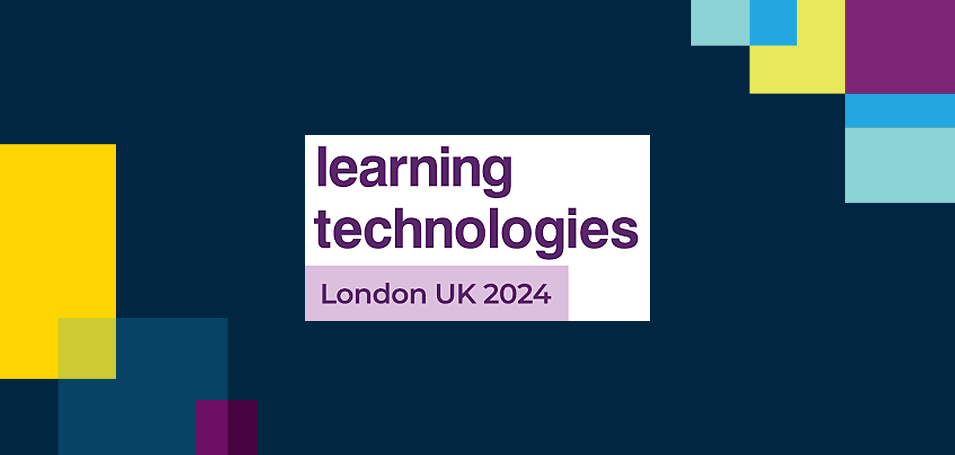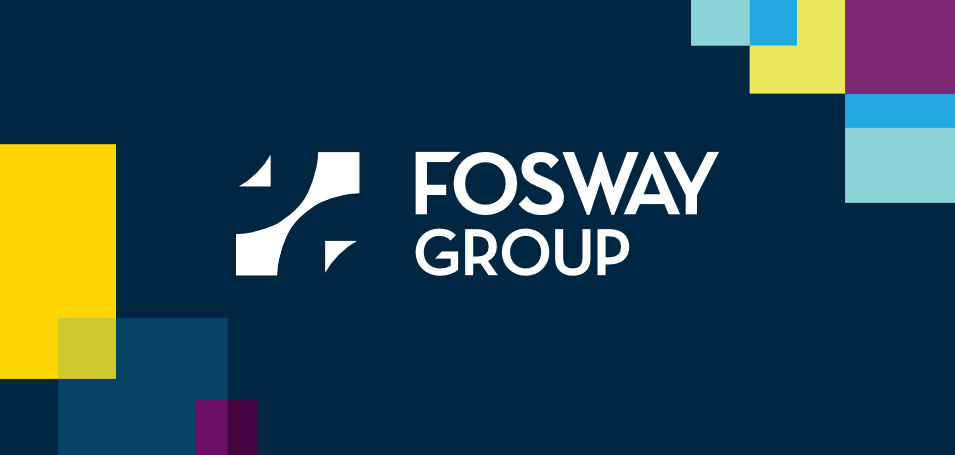In a previous blog, I referenced an essential element for creating scalable customer education:
- Quickly produced content.
How do you do that? Here are five steps for keeping up with your content needs as your customer training program grows.
Step #1: Turn to the Content Council
Step #2: Keep it Brief. Preferably Micro-Learning
Forget about creation of monolithic courses. Even a training session that lasts more than an hour and can’t be broken up into multiple parts is too long.
The more you modularize your learning content, the easier it is to update, fine-tune and bundle with other modules that make for a complete training experience.
Step #3: Set Content Standards
Use content standards so the content creators in your company know where certain kinds of information should go and the format it should follow.
If somebody wants to submit a how-to article, that might go to the knowledge base — and here’s the template for that; this is what a wiki article looks like and how it’s expected to be used; if you’re creating an elearning video, here are the components that it needs to include.
Step #4: Think about Your Users’ Challenges
Push for the bulk of your training to reach beyond the feature set. Too often training is all about the ins and outs of the product and all its various features and functions. The biggest outcome of your training should be to get customers beyond the feature focus and onto the accomplishments.
Remember: They want to be heroes in their organizations, and your product is simply a tool they use to do their jobs. Work with customers to figure out what they need to understand about their jobs to achieve that.
Step #5: Use Technology
Your customer education team has a starting role to help maintain and curate content. But scaling customer onboarding requires technology. When you have training content everywhere in multiple forms, only the right customer learning platform (or LMS for customer education) helps users find exactly the training they want when it’s needed.
A customer learning platform helps you lay out your training modules to provide a prescriptive enablement approach — pathways — to train and enable customers on your product so they don’t have to figure it out themselves.
When you log into an LMS for customer education and can’t quickly find out where you need to begin your training, you probably give up in a few minutes. But when you log in and the system points to “Foundations for Administrators,” you instantly recognize yourself.
The idea is this: Rather than each customer wandering through the jungle, trying to hack a path, you provide a well-lit, manicured park with clear signposts that guide them along.
Gordon Johnson writes eloquently about the main features to look for when choosing a customer learning platform. Among the ones he emphasizes:
- Customer portals, an interface designed to make the customer account feel as if the application is designed for their users;
- Built-in content authoring, which allows for easy content creation, quick revisions, integration of different kinds of content (such as text, videos, quizzes and assessments) and social collaboration;
- In-app training dashboards, which help individual users jump directly to their own learning pathways;
- A certification engine, to help your company manage badging and certification efforts;
- Software-embedded training, for software companies, so your customers can learn while working on a live version of your software; and
- Integrations with Salesforce, online conferencing, marketing and other applications that are crucial to the customer onboarding and training process.
Spend time to develop a scalable strategy to onboard and enable your customers. This includes putting the right technology in place to manage content and other aspects of onboarding.
When you keep the focus on customer enablement, you create that orchestrated, seamless journey for customers that helps them find the success they expect.
Learn the tips, tricks, insights, and avoidable traps of customer onboarding in Thought Industries’ new white paper, “Secrets to Great Customer Onboarding and Education.”



